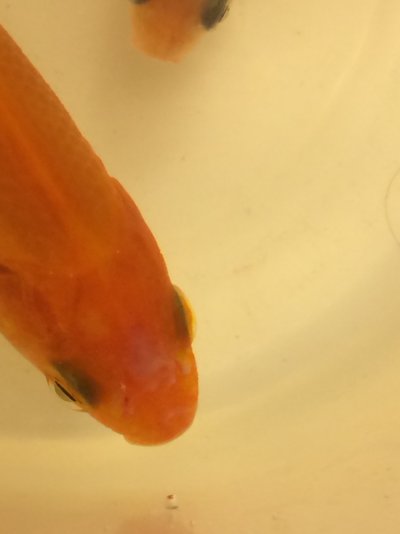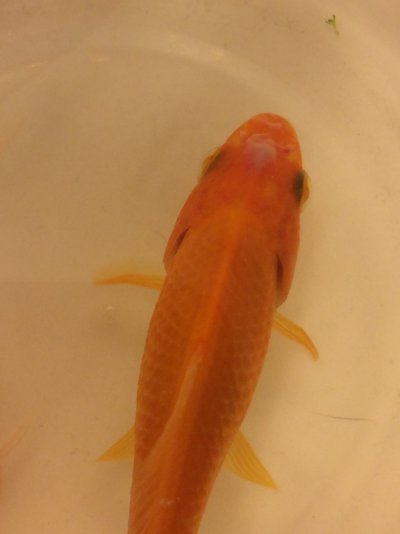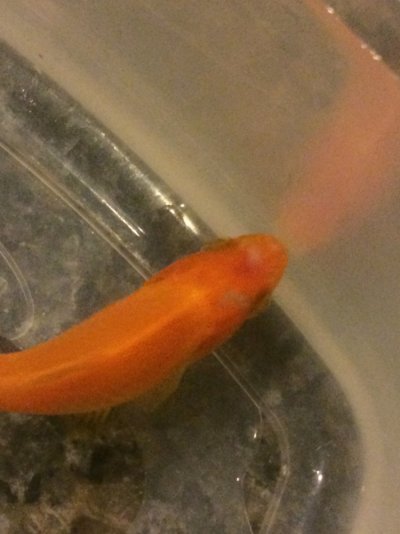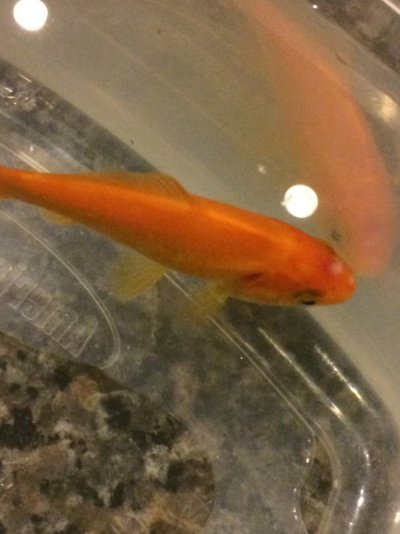I found this on CompleteGoldfishCare.com
I am sorry you are having this issue, I am observing one of my Comets for Possible Ich. I highlighted a piece of this article in red because it almost looks like this from your pics.
...........
Goldfish Disease #5: Gold Dust Disease (Velvet)
Very similar to white spot disease, gold dust disease or velvet resembles small grains of dust and starts on the backs of goldfish. These small parasites are smaller than ich and can be difficult to detect.
Causes of Velvet – Like many common goldfish diseases and parasite infections, gold dust disease is usually found in tanks where new fish are present. Your goldfish might also be susceptible to velvet if water quality is poor or your goldfish are under stress.
Velvet Symptoms – Goldfish with velvet might have a whitish-yellow film on their skin and what might appear to be golden specks of dust. Velvet will often start on the backs of goldfish before spreading to the body and gills. Velvet causes your goldfish to scratch against objects in an attempt to get the parasites off. If allowed to get worse, it
might almost appear as if the slime coats on your goldfish have thickened or are even peeling off. Affected goldfish may also have clamped fins or show signs of heavy breathing or weight loss.
Velvet Treatment – Since velvet parasites receive a portion of their energy from photosynthesis, cover the aquarium with a blanket and turn off the aquarium lights during treatment. Raise the water temperature to 80 °F (26 °C). This will quicken the parasite’s life cycle. Add 1/2 teaspoon of aquarium salt per gallon of water and remove the active carbon from the filter. Remove any invertebrates from the aquarium and treat the water with Mardel CopperSafe for 10 days. Some goldfish hobbyists also recommend Mardel Quick Cure as an alternative. Once you’ve finished treatment, do a 25% water change and continue routine water changes as usual.
Continue treatment several days after the last signs of gold dust disease to ensure all parasites are exterminated. You should notice signs of improvement after a week of treatment.
Goldfish Disease Symptoms: 14 Early Signs that Your Goldfish Are Sick | Complete Goldfish Care







